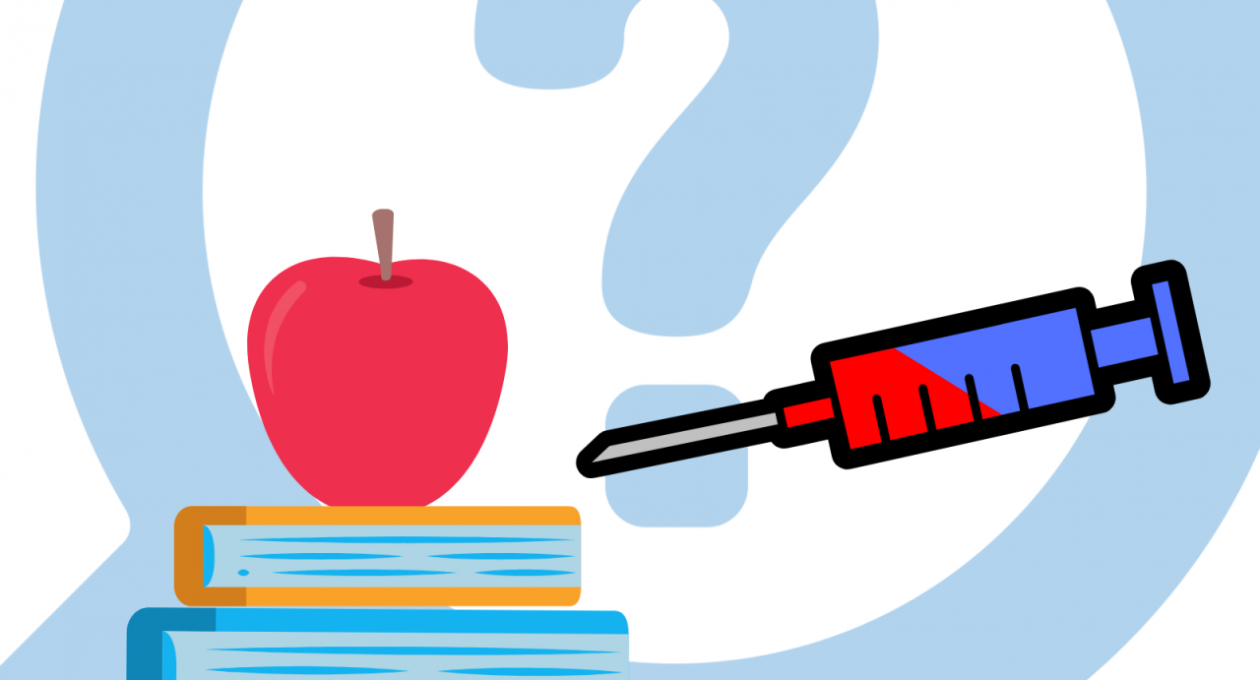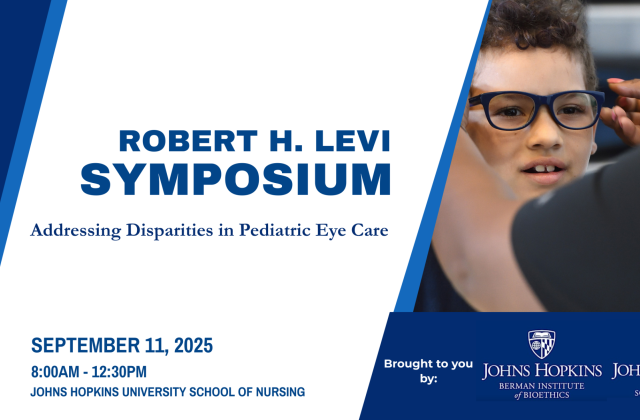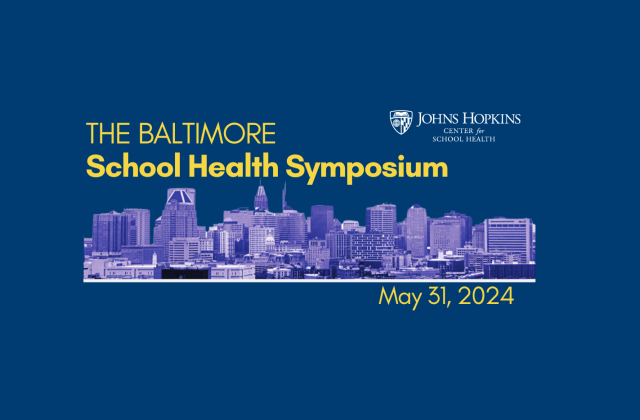Published in the Associated Press by
The national rush to vaccinate teachers in hopes of soon reopening pandemic-shuttered schools is running into one basic problem: Almost no one knows how many are getting the shots, or refusing to get them.
States and many districts have not been keeping track of school employee vaccinations, even as the U.S. prioritizes teachers nationwide. Vaccines are not required for educators to return to school buildings, but the absence of data complicates efforts to address parents’ concerns about health risk levels and some teachers unions’ calls for widespread vaccinations as a condition of reopening schools
The number of school staff members receiving vaccinations — and refusal rates — are unclear in several large districts where teachers were prioritized, including Las Vegas, Chicago and Louisville, Kentucky.
Some state agencies and districts have said privacy concerns prevent them from tracking or publishing teacher vaccination data. Others say vaccine administration sites are not tracking recipients’ occupations and they are not in position to survey employees themselves.
In Oregon, where teachers began receiving vaccines in January, the state Health Authority can’t say for sure how many have been vaccinated because the agency does not track the profession of recipients. Portland Public Schools, the state’s largest district where learning remains largely remote, is not keeping track either as it works toward launching a hybrid model for elementary schools by April.
No states are publicly reporting the percentage of teachers and school staff that have been vaccinated, according to a Johns Hopkins University analysis published Thursday.
Education leaders are missing out on an opportunity to address hesitancy about when it’s safe to go back, said Megan Collins, co-director of the Johns Hopkins Consortium for School-Based Health Solutions. Increased transparency could influence back-to-school decision making, she said, and would likely make teachers and students more willing to return to classrooms.
“We’re seeing a substantial disconnect. There are states not prioritizing teachers for vaccine that are fully open for in-person instruction, and others that are prioritizing teachers for vaccines, but aren’t open at all,” Collins said. “If states are going to use teacher vaccinations as a part of the process for safely returning to classrooms, it’s very important then to be able to communicate that information so people know that teachers are actually getting vaccines.”
Over a dozen states had yet to prioritize teachers for vaccines before President Joe Biden directed all state governments this week to administer at least one coronavirus vaccination to every teacher, school employee and child-care worker by the end of March. Biden has promised to have most K-8 schools open for classroom instruction by the end of his first 100 days in office, or the end of April.
The Centers for Disease Control and Prevention did not include vaccinating teachers in its guidelines for schools to consider when to bring students back to classrooms. But vaccines have been a sticking point in reopening debates.
A push for statewide vaccine data is under way in at least one state, New York, where Democratic Gov. Andrew Cuomo said he would direct districts to report weekly how many staff members have been vaccinated. The more teachers that have been vaccinated, he said, the better others will feel about returning to classrooms.
Los Angeles Unified School District, the second largest in the country after New York City, lets teachers register for vaccine appointments offered by the school system through an app designed with Microsoft. But district spokesperson Shannon Huber said the district is not tracking who has gotten vaccinated. A reopening date for Los Angeles schools is still undetermined and depends in part on all school staff being offered vaccines, a demand of the district’s teachers union.
At Jefferson County Public Schools, the Kentucky district including Louisville, all staff wanting to receive COVID-19 vaccines got shots in arms by mid-February, and the district is now gearing up to reopen schools. A district spokesperson said vaccination figures were not available.
Vaccinations are not mandated in Kentucky, but Democratic Gov. Andy Beshear does require vaccinated teachers who were working remotely to return to their school buildings whenever in-person classes resume. Exceptions can be made with an accommodation under the Americans with Disabilities Act, or if the employee qualifies as a high-risk employee.
Beshear has called for districts statewide to reopen, saying the state “didn’t vaccinate our educators for nothing.”
Vaccines were a contentious part of the fight to reopen schools in Chicago, which narrowly avoided a teachers strike last month over COVID-19 safety plans. Vaccinations began in mid-February, but it’s unknown how many of the nearly 40,000 Chicago Public Schools employees have been vaccinated.
Chicago school system officials say they have some data from appointments that were allocated to school staffers, but medical privacy laws limit their ability to publicize a firm count. A plan that recently cleared the school board will require school employees to disclose their vaccination status and, eventually, require vaccinations.
Even after vaccines are widely available to teachers, that may not be enough to leave behind distance learning.
In Philadelphia, where schools are preparing to launch hybrid learning for students in PreK-2, a dispute with the teachers union over the state of school infrastructure has remained a stumbling block in returning to in-person instruction.
In Detroit, teacher distrust in health care has made the district slow to reopen, Superintendent Nikolai Vitti said. With a community population that is 78% Black, the disproportionate impacts of COVID-19 have sowed fear about receiving vaccine, as well as a reluctance from teachers to inform the district that they’ve been inoculated.
Though $750 in hazard pay is being offered to teachers as an incentive to return to school buildings, Vitti said Detroit will need different outreach from other school districts to encourage vaccinations and in-person returns.
“What I’m fearful of is what usually happens in this country,” Vitti said. “Based on what the majority is doing — the majority in this case being white suburban rural districts coming back — the understanding is, ‘Well, everyone’s back, why wouldn’t we be back?’ There needs to be a differentiated, unique intentionality about the communication and effort to bring back our students and other students like ours throughout the country.”


